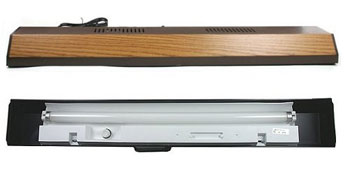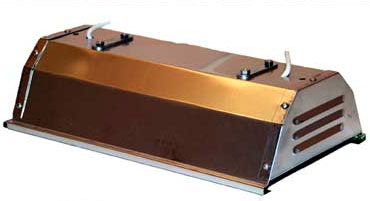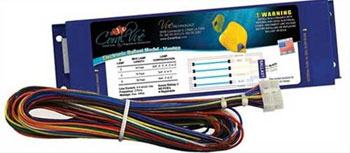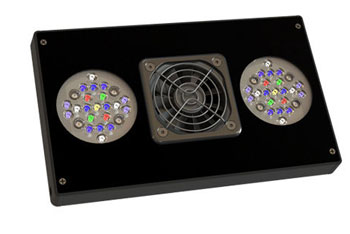One of the major scientific principles of mother nature is that all energy here on planet earth comes from the sun. From the smallest creature to the largest mammal, all lifeforms depend on the sun somewhere in their food chain.
One of the major goals of marine aquarists is to replicate a small piece of mother nature inside of a relatively closed aquarium system. So it comes to no surprise that aquarium lighting is of major importance when designing a marine aquarium environment. In addition to water quality, temperature, PH, and salinity, light is an important factor for coral growth. Sufficient wavelengths or colors of light are critical for the growth of corals, algae, and many invertebrates.
The color or hue emitted by a light source is its “color temperature” which is often measured in degrees Kelvin. The lower number of degrees, the closer the light source is to the red or warmer side of the spectrum whereas the higher the number, the light source is closer to the blue or cooler side of the spectrum.
 Here are some sample numbers that may help you put color temperature into perspective:
Here are some sample numbers that may help you put color temperature into perspective:
Soft White Incandescent 2700K
Soft White Fluorescent 3200K
Cool White Fluorescent 5000K
Daylight 6500K
Blue Ocean Depths 10,000K-25,000K
More information on color temperature may be found here:
The evolution of aquarium lighting spans decades and parallels the technical breakthroughs occurring in fluorescent, Metal Halide, and LED light sources. Over time lighting manufacturers have increased their ability to produce a wider range of color temperatures and increase intensity as well as energy efficiency.
Below is a rough outline of lighting technologies since the advent of artificial lighting:
 1960’s – Largely Incandescent Lighting. Not suitable for reef tanks.
1960’s – Largely Incandescent Lighting. Not suitable for reef tanks.
1970’s – Largely Fluorescent Lighting (T12). Often not bright enough for reef tanks.
1980’s – VHO fluorescent and Metal Halide Lighting. Reef tanks start to appear using one or both technologies.
1990’s – Compact Fluorescent Lighting (T8 & T5) Smaller, brighter and more efficient than VHO.
2000’s – High Intensity LED Lighting. Compact, bright, efficient.
Continue to Part 2 of this Article
 1980’s
1980’s 2000’s
2000’s Here are some sample numbers that may help you put color temperature into perspective:
Here are some sample numbers that may help you put color temperature into perspective: 1960’s – Largely Incandescent Lighting. Not suitable for reef tanks.
1960’s – Largely Incandescent Lighting. Not suitable for reef tanks.